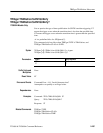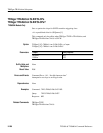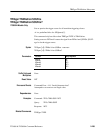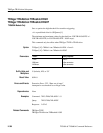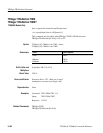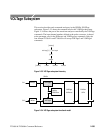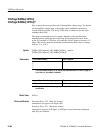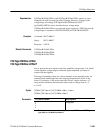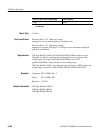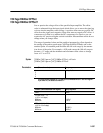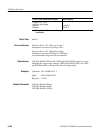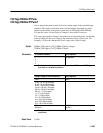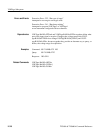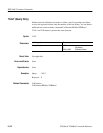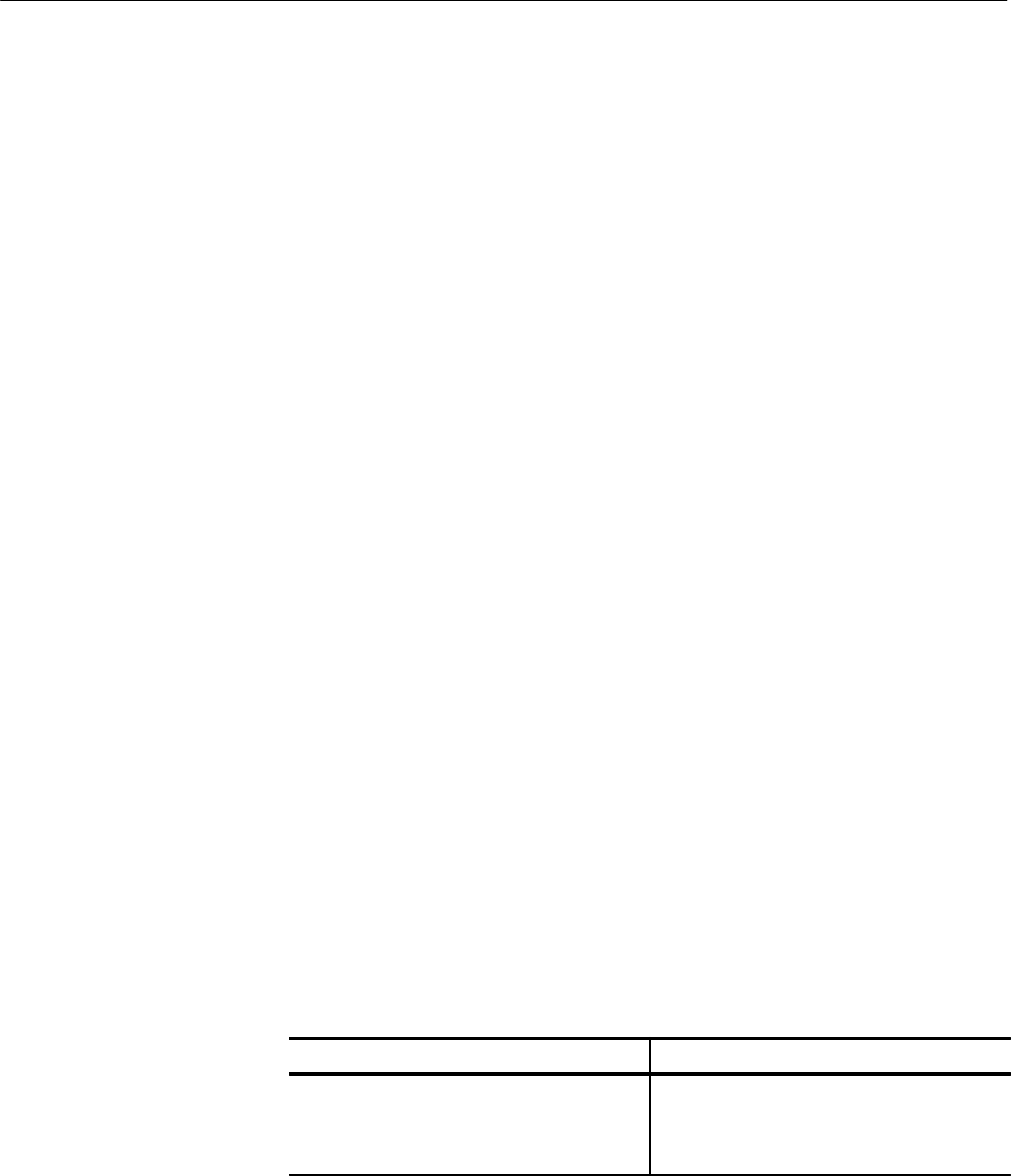
VOLTage Subsystem
TVS600 & TVS600A Command Reference
2–305
VOLTage:RANGe[:UPPer] and VOLTage:RANGe:LOWer operate as a pair.
Changing one will not cause the other to change. However, a change in the
voltage range will change VOLTage:RANGe:PTPeak and VOLT-
age:RANGe:OFFSet so they describe the new voltage range.
VOLTage:RANGe:LOWer is not returned in the response to *LRN? because the
voltage range is returned as VOLT:RANG:PTP and VOLT:RANG:OFFS.
Command: VOLT1:RANG 2
Query: VOLT1:RANG?
Response: 2.0E+0
VOLTage:RANGe:LOWer
VOLTage:RANGe:OFFSet
VOLTage:RANGe:PTPeak
VOLTage:RANGe:LOWer
VOLTage:RANGe:LOWer?
Sets or queries the most negative end of the amplifier voltage range. You should
set the amplifier voltage range to match the signal amplitude you expect to
acquire with the digitizer.
The range of permitted values for <lower> depends on the attached probe. An
attached probe modifies the full-scale range by the attenuation factor of the
probe. For example, a 10X probe causes the 100 mV range to become a 1 V
range and the minimum and maximum offset values to change from ±1 V
to ±10 V.
[SENSe:]VOLTage<n>[:DC]:RANGe:LOWer <lower>
[SENSe:]VOLTage<n>[:DC]:RANGe:LOWer?
<n> (Channel number)
1
Query response
1
2
3
4
Not applicable
1
The input channel number <n> is used by the commands INPut<n> and VOLTage<n>.
If you omit <n>, the default is channel 1.
Dependencies
Examples
Related Commands
Syntax
Parameters



